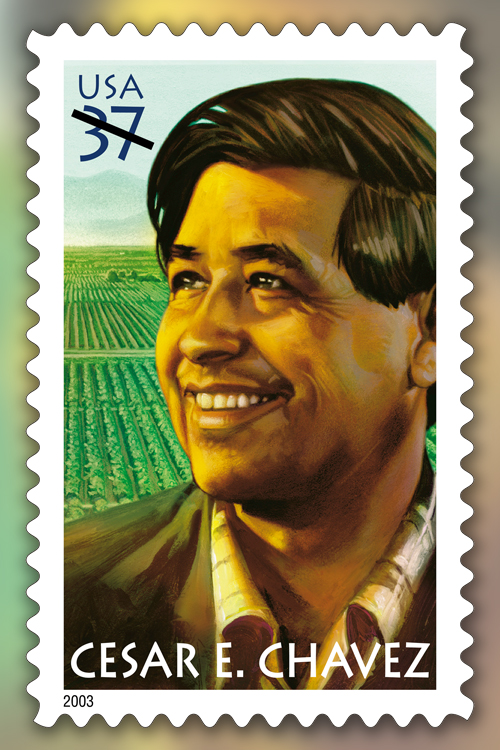To help you get ready for Labor Day on Monday, Sept. 7, here are five facts about the labor movement in the United States.
1. Labor Day was first celebrated in New York City in 1882. In September that year, the city’s unions had a parade to celebrate their membership and to show support for all unions. According to the Constitution Center, workers had to give up a day’s pay to participate in the parade, which drew at least 20,000 attendees. The New York parade inspired similar events in other states, and by 1887, Colorado, Massachusetts, New York, New Jersey and Oregon made Labor Day a state holiday. In 1894, President Grover Cleveland helped make Labor Day a national holiday.
2. Two people with similar names are credited as founder of Labor Day. Matthew Maguire, a machinist, and Peter McGuire, a carpenter, have been linked to the idea for the 1882 parade, according to the U.S. Labor Department. What is clear, according to the department’s online history of the holiday, is that the Central Labor Union adopted a Labor Day proposal and appointed a committee to plan a parade, setting in motion the holiday’s creation.
3. Labor unions helped end sweatshops and child labor. The labor movement is also credited with helping to establish Social Security, the minimum wage and the concept of the weekend.
4. Union membership in the United States is declining. In 2019, the percentage of wage and salary workers who were members of unions — the union membership rate — was 10.3 percent or about 14.6 million workers, according to the U.S. Bureau of Labor Statistics. In 1983, the first year for which comparable union data are available, the union membership rate was 20.1 percent and there were 17.7 million union workers.
5. Several workers’ advocates have been honored on stamps. The list includes George Meany, the first president of the American Federation of Labor and Congress of Industrial Organizations (AFL-CIO), who was remembered on a 29-cent stamp in 1994; Frances Perkins, President Franklin Roosevelt’s secretary of labor — and the first female Cabinet member — who was commemorated on a 15-cent stamp in 1980; and Cesar E. Chavez, the founder of the National Farm Workers Association, who was celebrated in 2003 with a 37-cent stamp.
